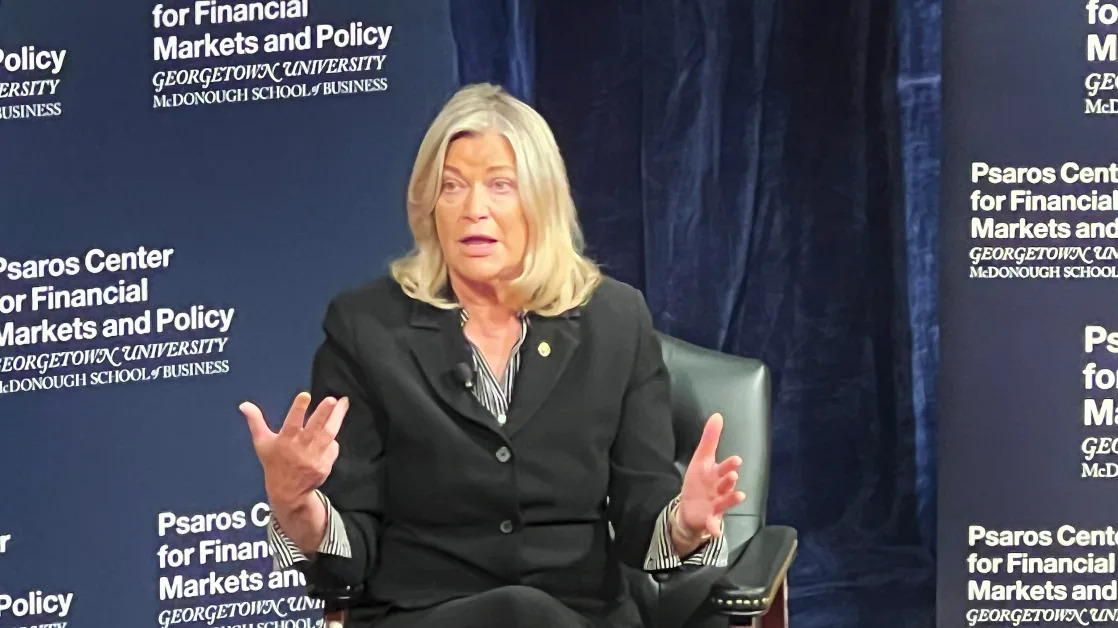(Bloomberg) -- Former Federal Reserve Chair Ben S. Bernanke urged the US central bank to provide the public a fuller explanation of its interest-rate decisions and a much richer examination of potential forecast scenarios.
“The publication of selected alternative scenarios and their implications could facilitate a subtle but important shift in the Fed’s communications strategy,” Bernanke said Friday in the text of a speech for a conference at the Fed’s headquarters in Washington.
That, he added, would allow policymakers “to provide policy guidance that is more explicitly contingent on how the economy evolves.”
Under Bernanke, the Fed tried and failed in 2012 to introduce a consensus forecast of economic conditions and interest rates. On Friday, Bernanke referred to that effort as “a terrific mess.”
But the central bank could release the Fed staff’s forecast, which is viewed as important by policymakers, and use that as a starting point for discussing alternative forecasts, he said.
“There really is a movement toward treating uncertainty in the forecast more seriously,” Bernanke said. “The only way to do that is to have a true forecast and the ability to construct alternative scenarios.”
The Fed, he said, might also release a summary of commentary from policymakers on what represents a “meaningful projection,” even if that falls short of a consensus.
“It doesn’t have to be 100% consensus,” he said, as it’s nearly impossible to have 19 people in perfect agreement. “But is it just a reasonable description of what the committee thinks? That’s a criteria that I think can be operationalized, and that’s important.”
More Explanation
The former chair criticized the Fed for providing relatively little context and explanation following its rate decisions.
Almost all other major central banks, he said in his prepared remarks, release “timely, detailed background information bearing on the policy decision.”
The former chair spoke at an event dedicated to the central bank’s ongoing review of its longer-run strategy — or framework — for implementing monetary policy. The framework serves as a guide for policymakers as they aim to meet the broad goals assigned by Congress to foster stable prices and maximize employment.
The Fed first published its Statement on Longer-Run Goals and Monetary Policy Strategy in 2012 when Bernanke was chair. It included the central bank’s first public declaration of an explicit inflation goal, which it set at 2%.
That document was revised in 2020 but has since been criticized as being overly tailored to the environment at the time of low interest rates and low inflation.





